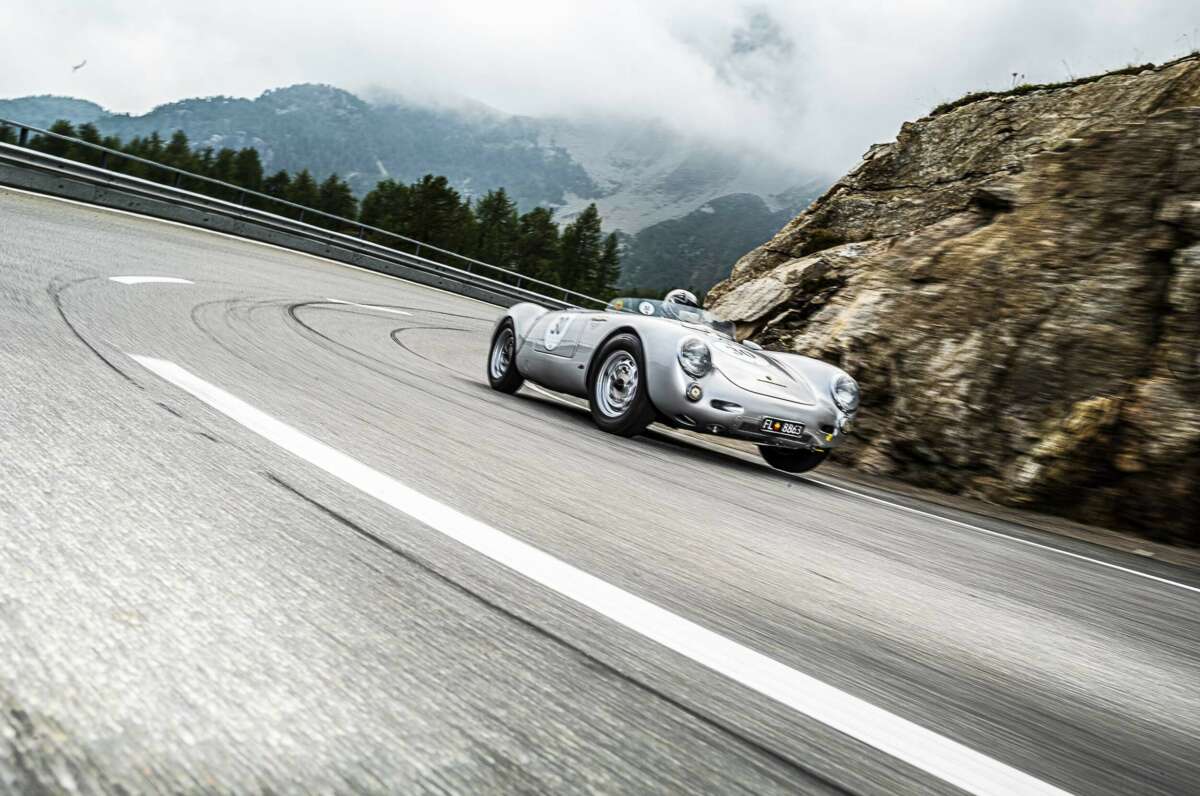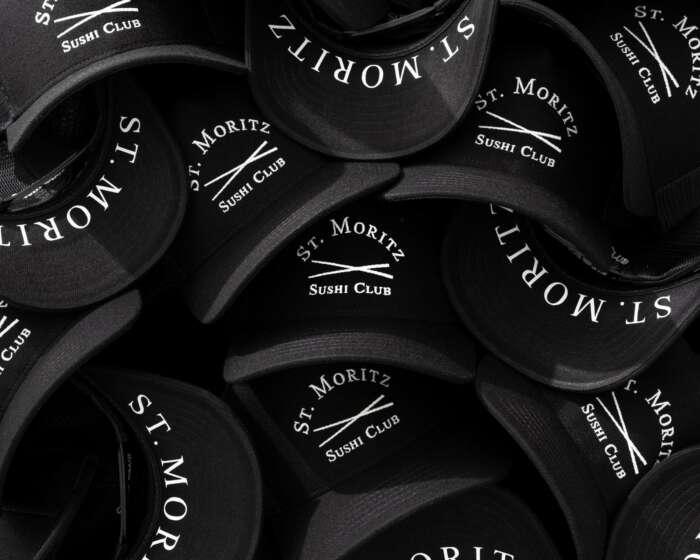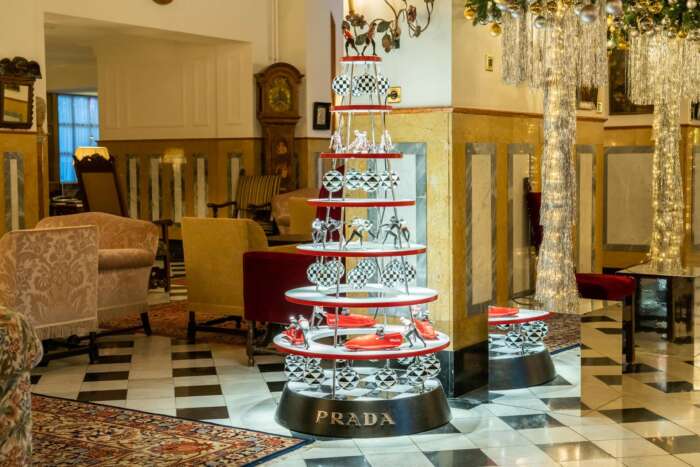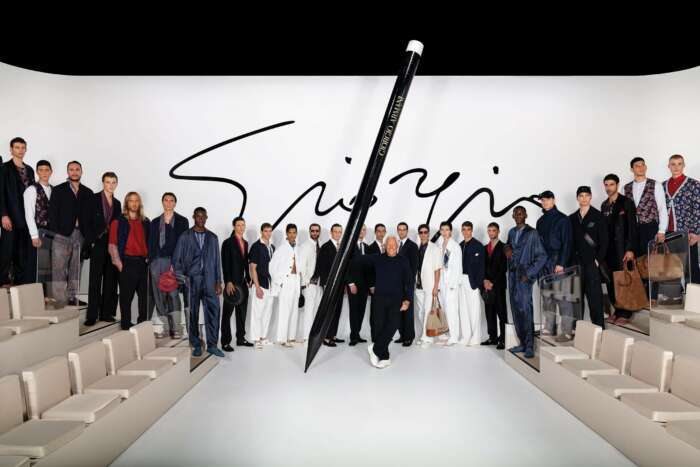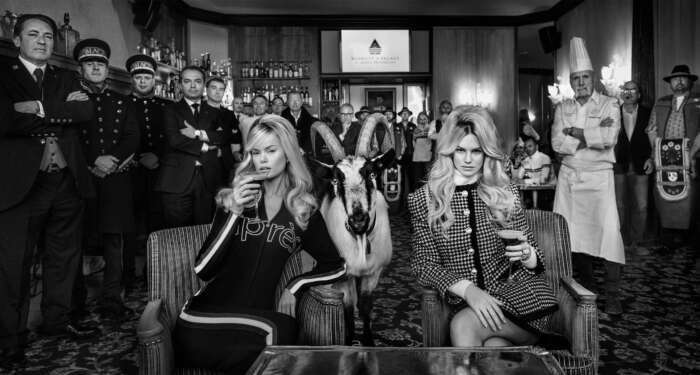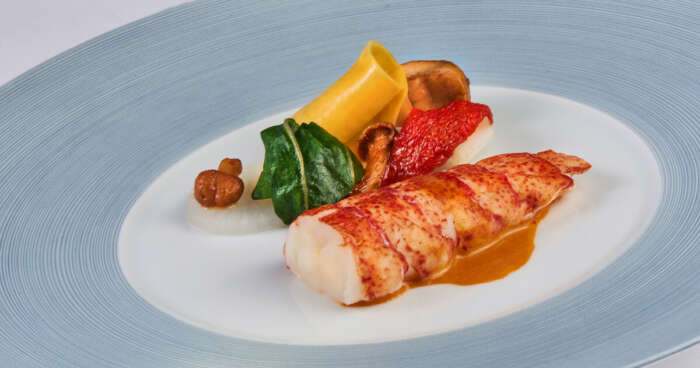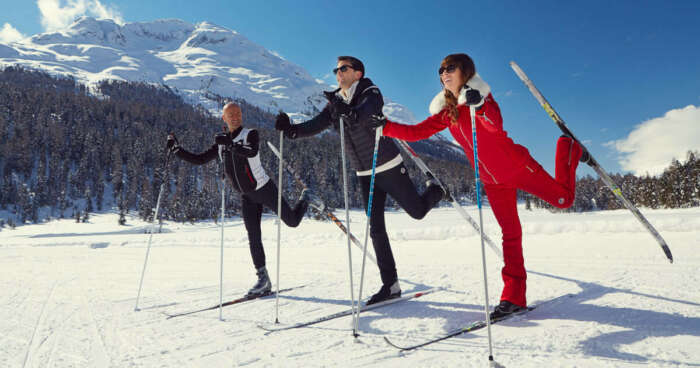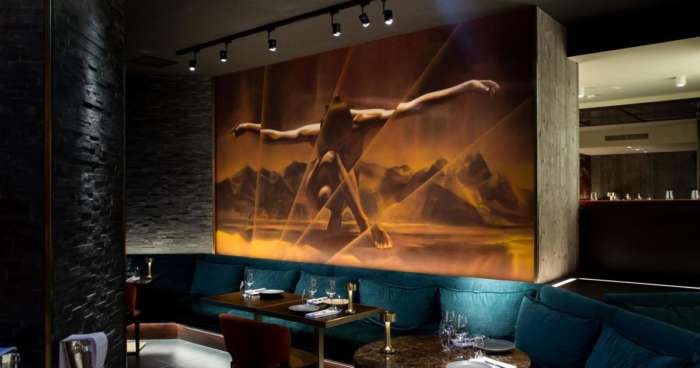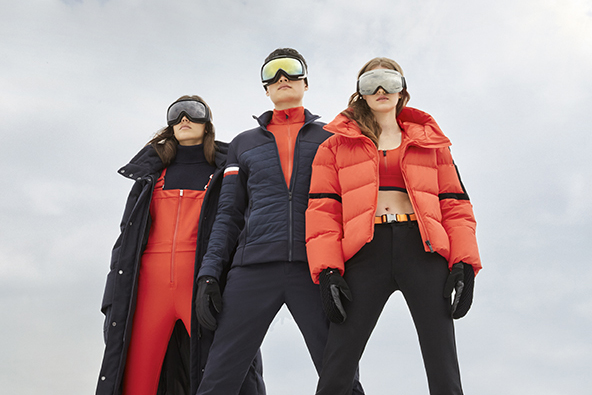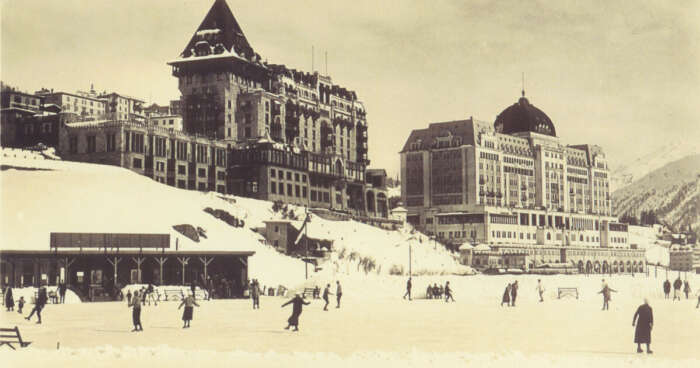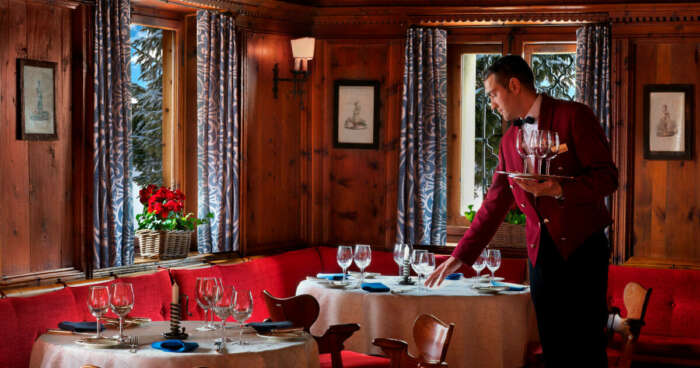Had it not been for the displeasure of the former boss of Shell in 1925, there is a strong chance that one of the greatest classic car events in the Alps would have never taken place.
Cars were banned on the roads of the Upper Engadin until 1925. But when the early motorists arrived, the oil boss became irritated by the dust that the cars kicked onto nearby golfers, and so he decided to have the road tarred. From that moment, the stretch of road between Samedan and Pontresina was christened ‘Shellstrasse’, and only a few years later, it would play a central role in the very first International St. Moritz Automobile Week, which took place in 1929.

“The idea behind it was basically a touristic one,” explains Claus Müller, organising team member of the modern International St. Moritz Automobile Week. “It was not until 1925 that cars were allowed on the roads of the Engadin, so four years later, the hotels and businesses in the valley put together some money and organised automobile week.”
The series of events over the week consisted of a kilometre race along Shellstrasse, a beauty contest in front of the Kurhaus, skill tests, and a rally, before the finale – the legendary Bernina hillclimb race. This 16.5-kilometre (10 miles) route through the mountains was driven by some of the greatest racing drivers of all time, including Hans Stuck, who won it behind the wheel of an Austro-Daimler ADR 3.0 in 1929, and Louis Chiron, who claimed victory in a Bugatti T47 the following year.
After 1930, the event lay dormant for 90 years, owing to a lack of appetite to finance it by local businesses, believes Müller. Then, after nearly a century of inactivity, Müller was part of the organisation team, including motorsport enthusiast Kurt Alexander Engelhorn, who revived the event, starting with the legendary Bernina Gran Turismo hillclimb race in 2015.
“We started with the Bernina race on the pass – it was a major task to get the permits to close a whole mountain pass for even a day or two,” explains Müller. “It’s one of the most important connections between Italy and Switzerland but the village of St. Moritz and also the Canton of Graubünden were very helpful and supported us.”
It wasn’t long before the profile of the International St. Moritz Automobile Week was raised significantly. “Within years, the Bernina Gran Turismo had become famous all around the world. Today, we have participants from as far away as the United States, South Africa, Iran, Egypt and India. We limit participants to 80 cars because this is a size for an event where we have a chance to talk to everybody in person,” insists Müller. “We select not only the cars, but also the people, so it’s not necessary to have a multimillion-dollar car,” he stresses.
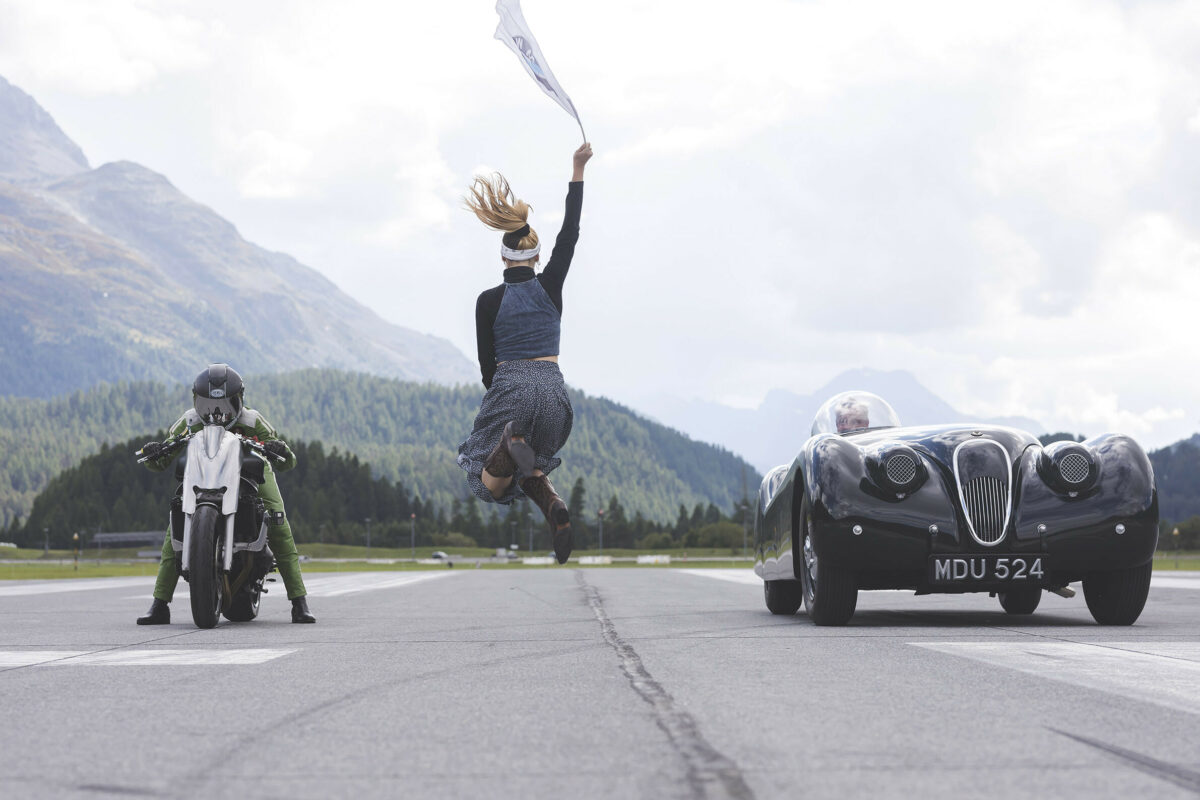
Müller and his fellow organisers have a bumper week of events planned for the forthcoming event, taking place 2 to 11 September 2022. “We have six events, which is more or less the maximum we can do,” he says. “It all starts with the Kilomètre Lancé sprint on the runway at Engadin Airport race and one of the highlights this year will be the hot rods from the United States, which will be flown in. We also have a 16-cylinder Streamliner coming from Sweden and there are two rallies – one for pre-war cars only and the second for supercars from 1975 to 1995.”
Among all that, there’s also a forum with lectures, discussions and workshops on a variety of topics related to mobility as well as a Motorsport Rendezvous, which Müller describes as “a kind of concours d’elegance but not so formal, more fun-oriented”. With the vast majority of events free of charge to attend, only the kilometre race is a ticketed event.
Participants and spectators will be reassured that organisers of the automotive spectacle are taking their environment responsibility seriously. In fact, the International St. Moritz Car Week was one of the first international classic car events to take measures to offset its carbon emissions. By supporting a programme to protect the Brazilian rainforest, the organisers offset the calculated CO2 emissions for 2020 and 2021, while this year’s event will see the introduction of biofuels and e-fuels for the first time. “At a time when nobody asked about it, we took care about the environmental impact of our event,” says Müller. “We were among the first, if not the first, internationally significant event in the classic car scene to have a CO2 compensation certificate.”
Now well versed in organising the motoring extravaganza in the mountains, Müller and his team are always thinking about the long-term vision for this historic event. While there is no shortage of prestigious car events, there is something special and unique about a classic car gathering that is set against the spectacular backdrop of the Swiss Alps. “This is exceptional – it’s ‘car week’ for Europe – there’s something for everyone,” insists Müller, excitedly.
